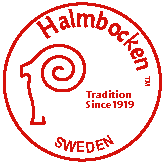 |
The making of a straw goat |
Harvest
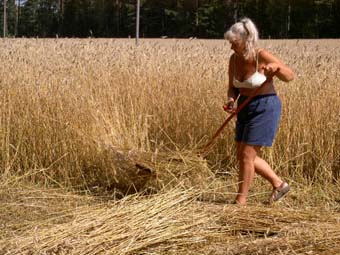
| The rye is harvested in August when turning yellow, but not too ripe. I
cut with a scythe to get the straw as long as possible. .. |
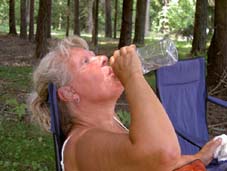
The straw is tied into bundles... |
|
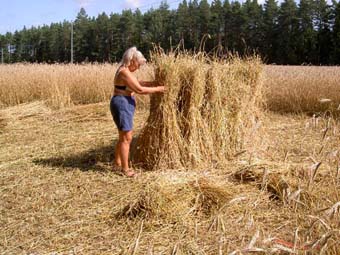 |
...and stooked, waiting for transportation. |
Cleaning
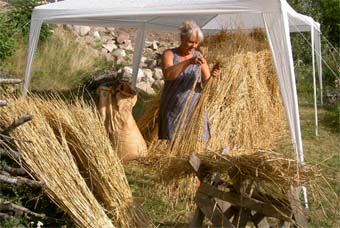
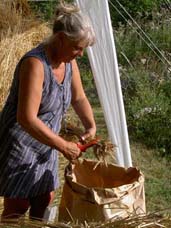
| The straw is cleaned and the ears are cut off. |
Storage
| The cleaned bundles are hung up high under the roof in a cradle of steel wire to protect them from rats and mice. | 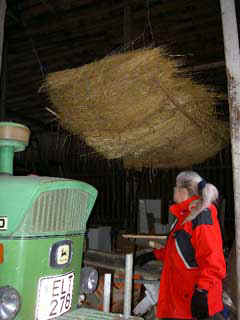 |
Making the frame
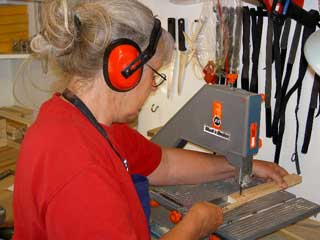 |
The goat making itself starts with the frame. There are wooden frames in all my goats - even the tiny kid goat. |
Dressing
| Before the straw can be used, it must be softened by soaking in water for a couple of minutes. |
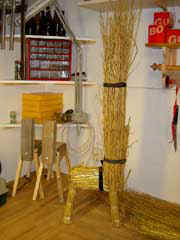
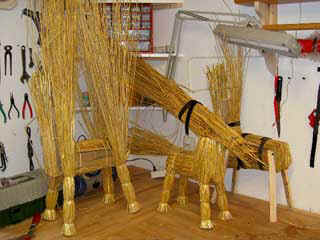
| The frame is dressed with straw. Here are some goats in different stages. I use rubber bands and Velcro ribbons to keep it in place. When the straw is placed, it's tied very hard with strings. |
Plaiting
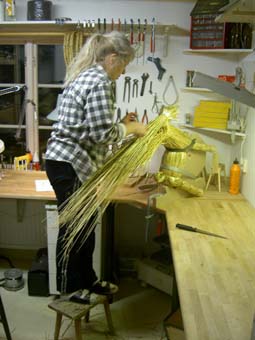
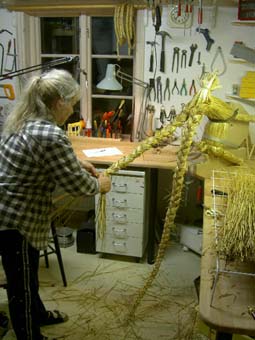
| The horns are plaited. During the plaiting, straw is added to get the tresses long enough. The horns of my Extra Large Goat are about 1.70 m (5 1/2 ft) long. |
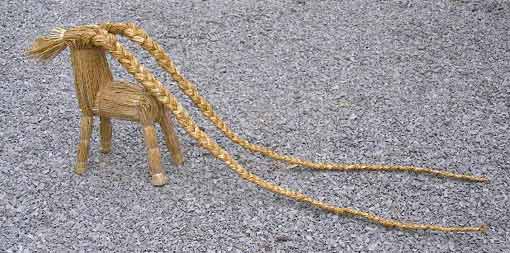
Decoration
 |
Most pleasing is to decorate the the goat with red ribbons around the body
and plaited straw at the forehead. The Extra Large Goat is also made with straw tresses around the body. |
| Lastly I fasten a leather medallion impressed with my trademark, signed at the back side. | 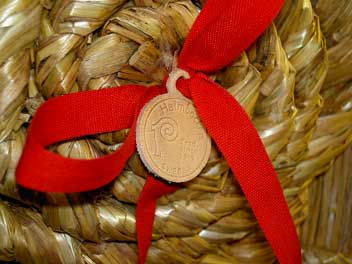 |